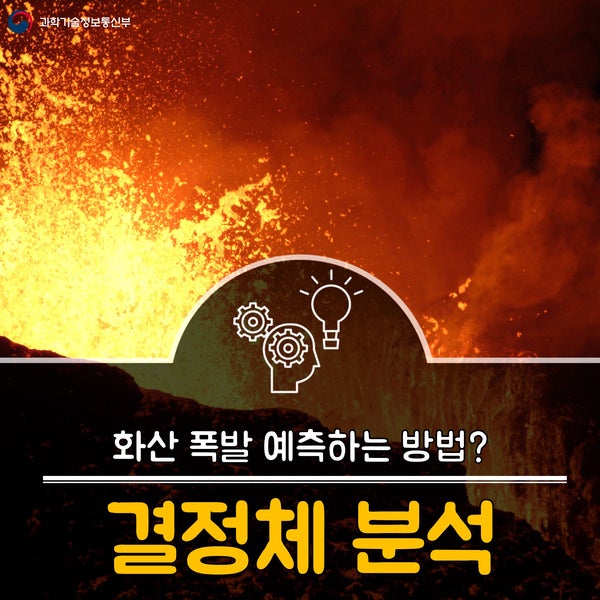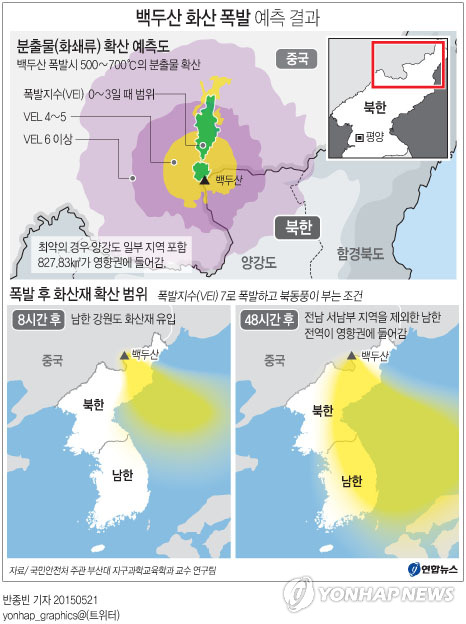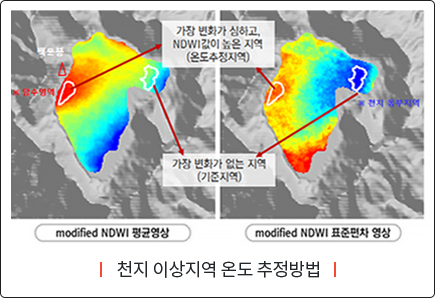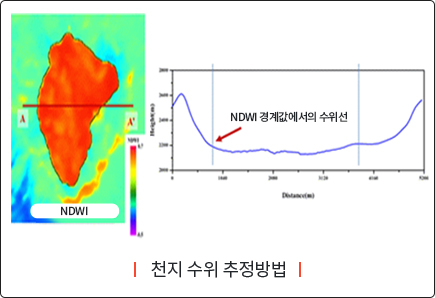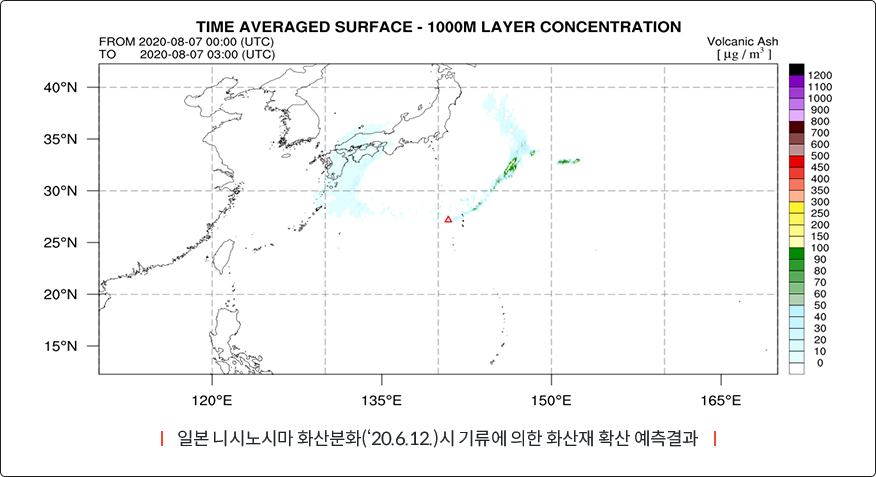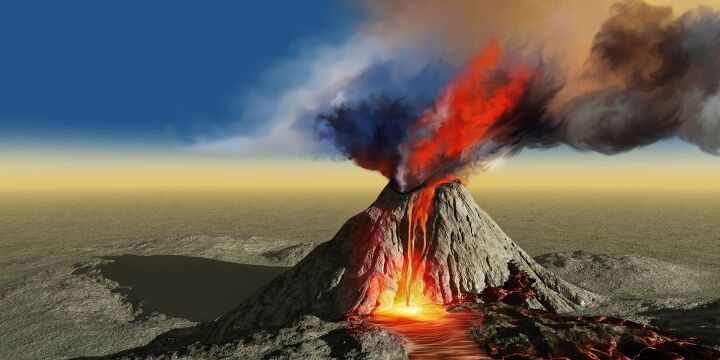No language detected.
Please check the input language, no language detected.
Please check the input language.
Tonga Submarine Volcanic Explosion: A powerful explosion that rang the earth, a historic event occurred on January 15, 2022, in Tonga, a small island nation in the South Pacific. It is the explosion of the Hungatonga-Hungahapai submarine volcano. The explosion was recorded as one of the most powerful volcanic eruptions in modern observation history and had a global impact. The scale and impact of the explosion: The explosion released 100 times as much energy as the atomic bomb dropped on Hiroshima. A huge amount of volcanic ash and water vapor flew up to the stratosphere, forming a huge volcanic cloud that could orbit the earth once and a half times. Tsunami Occurrence: The explosion caused a huge tsunami, causing great damage to Tonga and other neighboring island countries. Serious conditions occurred, such as the coastal village being washed away and the communication network was paralyzed. Global Impact: Concerns have been raised that volcanic ash can affect atmospheric circulation and cause global temperature changes. The powerful shock waves generated by the explosion were also observed around the world, causing temporary disruptions to the communication system. The birth of a new island: After the explosion, the two existing islands were combined One new island was created. However, the island is unstable and could sink back into the sea over time. Cause and Process of Explosion Characteristics of Undersea Volcanoes: Tonga Sea Area is located at the boundary of the crustal plate and is an area where volcanic activity is active. Hungatonga-Hungahapai Submarine Volcano was known as a particularly unstable volcano. Ejection process: Magma erupts into the deep sea, producing vast amounts of water vapor and volcanic ash. These rose rapidly, generating explosive forces. Stratospheric Reach: Volcanic ash reached the stratosphere and served to block solar radiation while staying for a long time. Nankai Trough and Submarine Volcanic Explosion: Serious relevance and implications for the future The Nankai Trough is a huge trench on the south bank of the Japanese archipelago and is said to be likely to cause a magnitude 9.0 or higher earthquake. In the region, the Philippine Sea Plate enters under the Eurasian Plate and accumulates enormous energy, which causes major periodic earthquakes. Nankai trough is historically an area where large-scale earthquakes occur frequently. This is because the Philippine Sea Plate enters under the Eurasian Plate and the accumulated energy is released periodically. Such earthquakes can cause great damage to the Japanese archipelago with tsunamis. Major Nankai Trough Earthquake of 1707: One of the worst earthquakes in Japanese history, the Hoyaga earthquake caused huge tsunamis along with a strong 8.7 magnitude earthquake, causing enormous damage. The earthquake, coupled with the eruption of Mt. Fuji, caused even greater disasters. The Great Ansei Earthquake of 1854: The Great Ansei Earthquake was a series of earthquakes in East Sea and the Nankai Earthquake that caused great damage to a large area. In particular, many cities, including Edo (now Tokyo), were hit hard. 1946 Nankai Earthquake: A representative Nankai earthquake in the 20th century caused a tsunami of more than 15 meters high along with an 8.1-magnitude earthquake, causing a lot of damage to human lives and property. Characteristics of the Nankai Trough earthquake: We estimate that the Nankai Trough earthquake will occur at a certain period of time. Widespread damage: The Nankai trough spans a large area, so a major earthquake could cause widespread damage to the entire Pacific coast of Japan. Tsunami Occurrence: In the Great Nankai Trough Earthquake, the rapid movement of the submarine crust plate can cause a huge tsunami. Importance of historical records: Historical records are important data for estimating the extent and timing of damage caused by the Nankai Trough earthquake in the past. The associated submarine volcanic eruption between the Nankai trough and the submarine volcanic eruption is one of the common phenomena around the Nankai trough. The eruption of an undersea volcano is closely related to the crustal changes that occur in the ingress zone, and it is sometimes considered a precursor to the Great Nankai Trough Earthquake. Tectonic changes: Tectonic changes in the Nankai trough affect submarine volcanoes and increase the likelihood of explosions. Magma activity: The frictional heat generated in the infiltration zone produces magma, which erupts through an undersea volcano. Sign of a major earthquake: Past studies have shown that undersea volcanic activity has often increased before a major earthquake occurred. This is interpreted as because crustal changes become active and magma activity becomes active. Reasons to pay attention to the eruption of Nankai troughs and undersea volcanoes Large-scale natural disasters: The Nankai trough earthquake is a large-scale natural disaster that can cause great damage not only to Japan but also to neighboring countries. Chain reaction: In the Nankai Trough earthquake, various chain reactions can occur, including the explosion of undersea volcanoes, tsunamis, and radioactive leaks. Difficulty predicting the future: It is difficult to predict the exact time of occurrence, so you should always be prepared. Continuous preparation observation for the future: The activity of the Nankai trough and submarine volcanoes should be continuously observed and changes detected. System construction: A system must be built to prepare for various disasters such as earthquakes, tsunamis, and volcanic eruptions. International cooperation: Since the Nankai Trough earthquake is an international problem, we need to deal with it through international cooperation. In conclusion, the explosion of the Nankai trough and the submarine volcano is closely related, which can lead to serious natural disasters. We must prepare for these dangers and create a safe future through continuous research and international cooperation. Tonga Submarine Volcanic Explosion: A powerful explosion that rang the earth, a historic event occurred on January 15, 2022, in Tonga, a small island nation in the South Pacific. It is the explosion of the Hungatonga-Hungahapai submarine volcano. The explosion was recorded as one of the most powerful volcanic eruptions in modern observation history and had a global impact. The scale and impact of the explosion: The explosion released 100 times as much energy as the atomic bomb dropped on Hiroshima. A huge amount of volcanic ash and water vapor flew up to the stratosphere, forming a huge volcanic cloud that could orbit the earth once and a half times. Tsunami Occurrence: The explosion caused a huge tsunami, causing great damage to Tonga and other neighboring island countries. Serious conditions occurred, such as the coastal village being washed away and the communication network was paralyzed. Global Impact: Concerns have been raised that volcanic ash can affect atmospheric circulation and cause global temperature changes. The powerful shock waves generated by the explosion were also observed around the world, causing temporary disruptions to the communication system. The birth of a new island: After the explosion, the two existing islands were combined One new island was created. However, the island is unstable and could sink back into the sea over time. Cause and Process of Explosion Characteristics of Undersea Volcanoes: Tonga Sea Area is located at the boundary of the crustal plate and is an area where volcanic activity is active. Hungatonga-Hungahapai Submarine Volcano was known as a particularly unstable volcano. Ejection process: Magma erupts into the deep sea, producing vast amounts of water vapor and volcanic ash. These rose rapidly, generating explosive forces. Stratospheric Reach: Volcanic ash reached the stratosphere and served to block solar radiation while staying for a long time. Nankai Trough and Undersea Volcanoes
